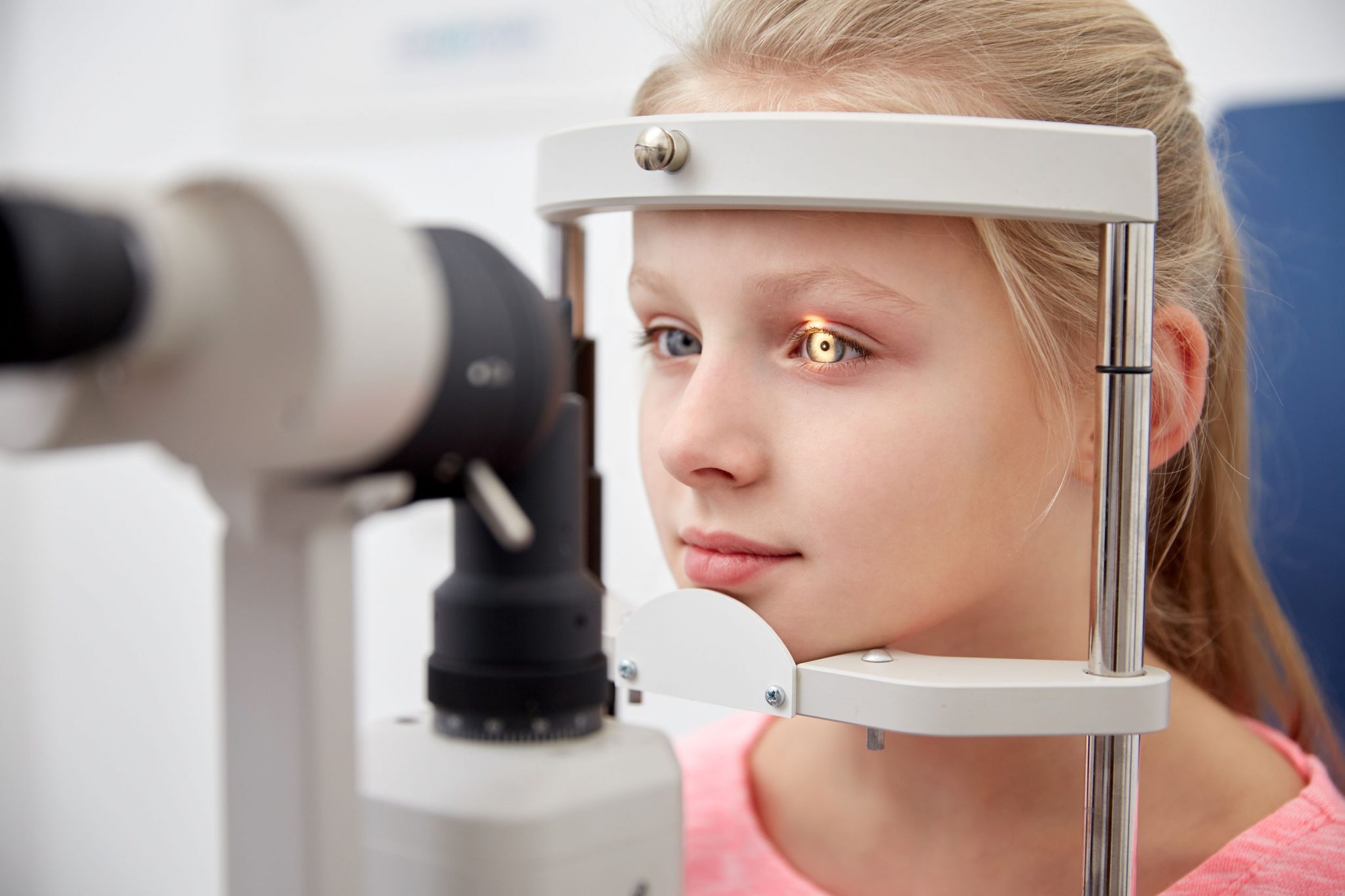
Advancements in Treating Eye Diseases
Eye diseases and vision problems affect millions of people worldwide. Fortunately, with the continuous advancements in medical technology and research, modern treatment methods are offering new hope for patients with various eye conditions.
One of the most common eye diseases is age-related macular degeneration (AMD), which can lead to severe vision impairment or blindness in older adults. In recent years, the development of anti-VEGF drugs has revolutionized the treatment of AMD by slowing down the progression of the disease and preserving patients' eyesight.
Cataracts, another prevalent eye condition, can now be effectively treated with minimally invasive surgical procedures. Modern cataract surgery involves the use of small incisions and advanced intraocular lens implants, allowing for quicker recovery and improved visual outcomes for patients.
Glaucoma, often referred to as the "silent thief of sight," can now be managed with innovative laser therapies and minimally invasive surgical techniques. These advancements help in reducing intraocular pressure and preventing further damage to the optic nerve.
Furthermore, refractive errors such as nearsightedness, farsightedness, and astigmatism can be corrected through procedures like LASIK (laser-assisted in situ keratomileusis) or PRK (photorefractive keratectomy). These laser vision correction techniques have transformed the field of ophthalmology by providing patients with clear vision without the need for glasses or contact lenses.
In addition to these treatment options, researchers are also exploring gene therapy as a potential breakthrough in combating hereditary retinal diseases. By targeting specific genetic mutations that cause conditions like retinitis pigmentosa or Leber congenital amaurosis, gene therapy holds promise for preserving or restoring vision in affected individuals.
Overall, modern treatment methods for eye diseases have significantly improved patient outcomes and quality of life. As technology continues to advance, it is crucial for healthcare professionals to stay updated on these developments to provide the best possible care for individuals with eye-related conditions.

